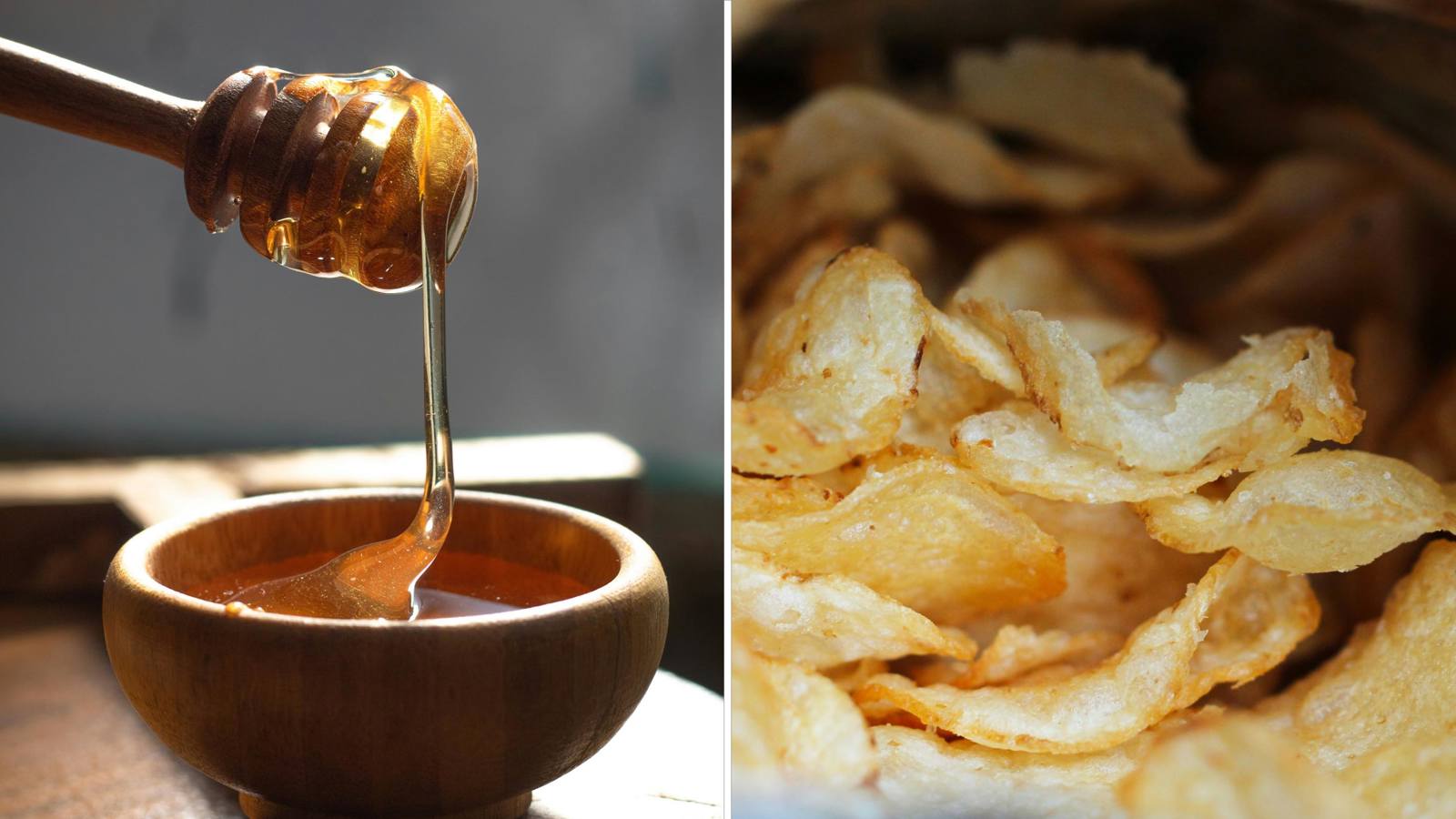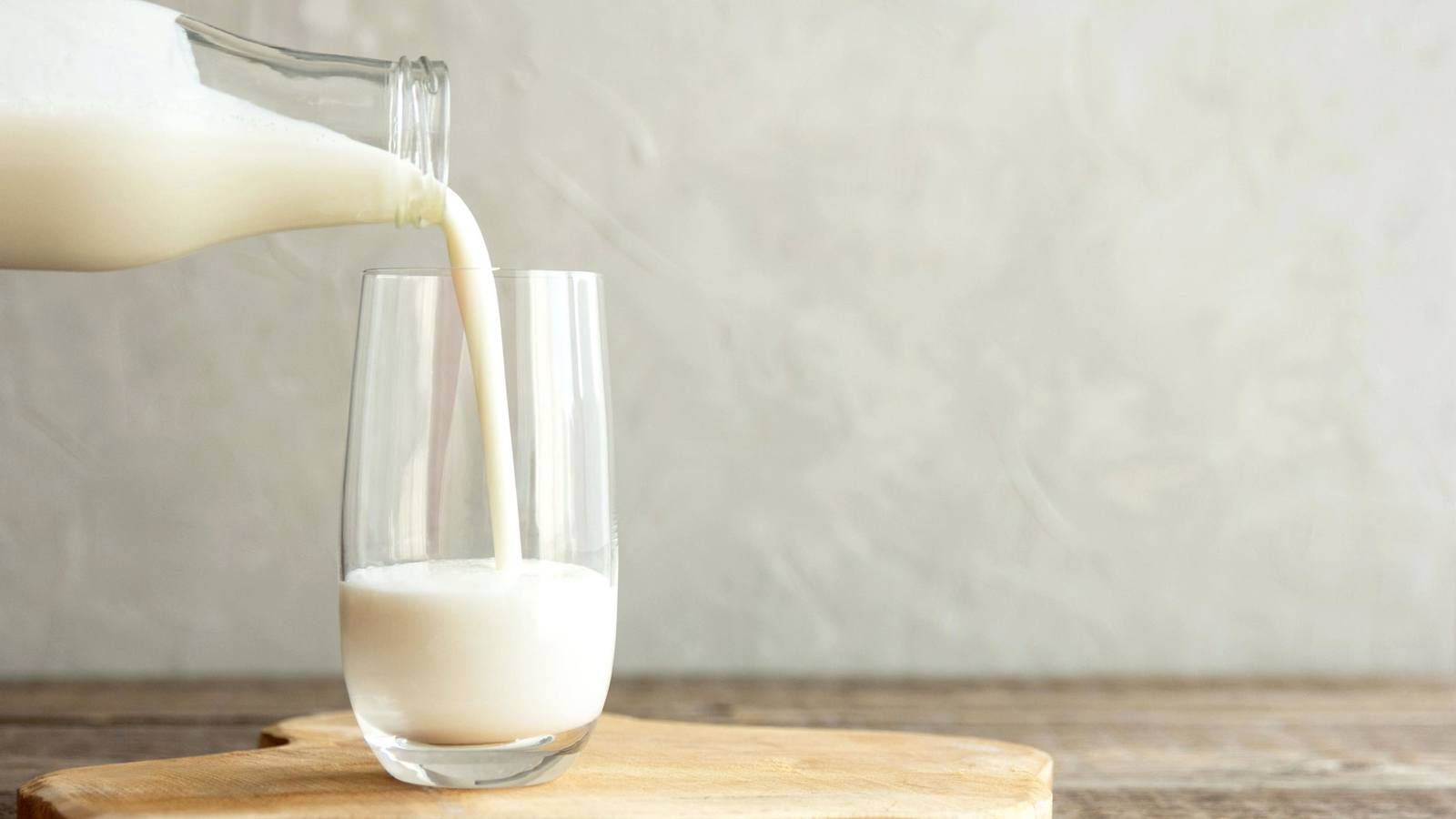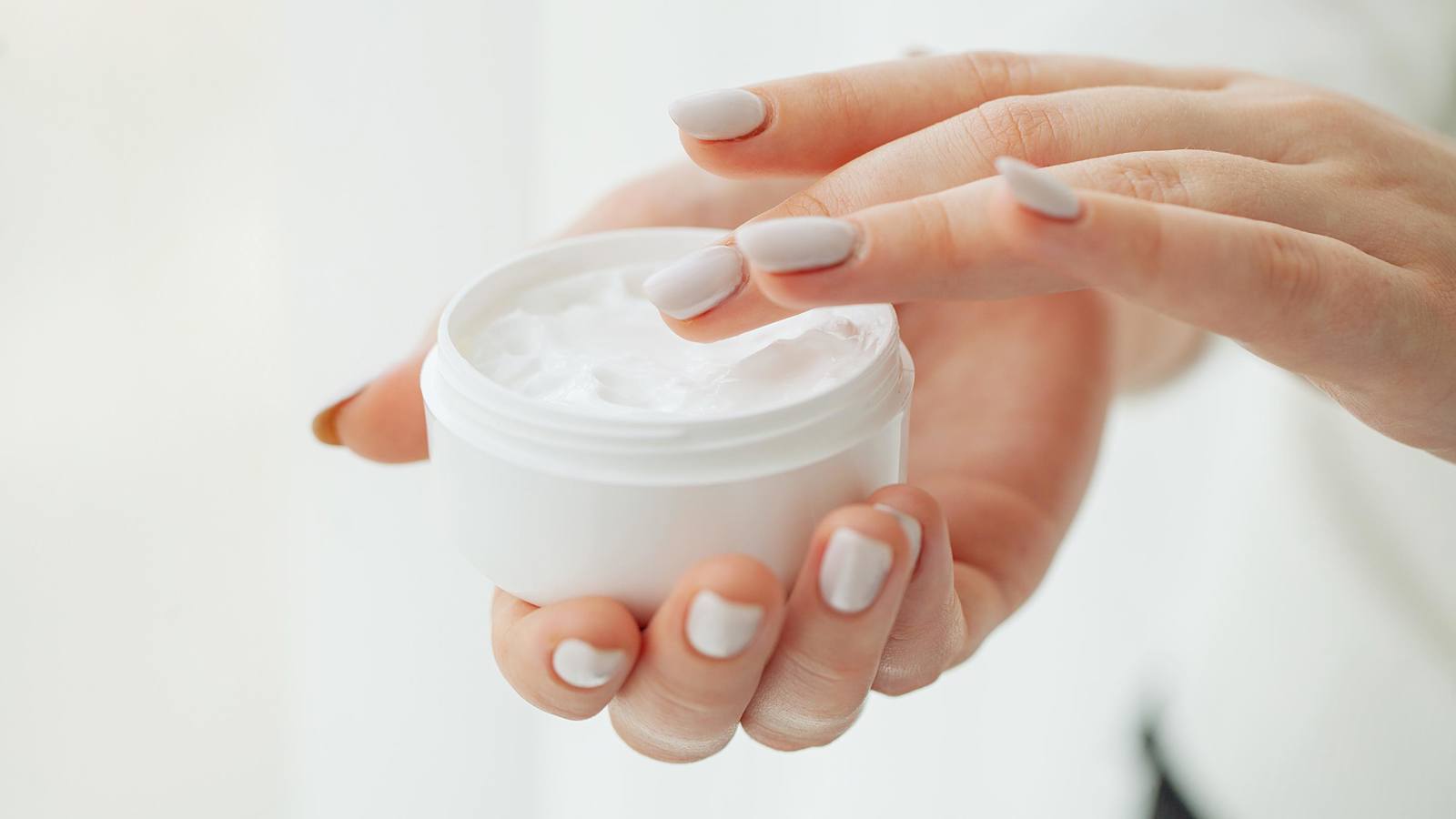
Rheology vs. texture: Understanding the differences and their importance

When it comes to understanding the physical properties of materials, particularly in food science and cosmetics, two critical concepts often come into play: rheology and texture. While these terms are sometimes used interchangeably, they shape everyday experiences from how smoothly your lotion spreads to how satisfyingly crunchy your chips are and refer to distinct aspects of material properties. Let’s delve into the differences between rheology and texture, their significance, and how they are applied in various industries.
What is rheology?
Rheology is the study of the flow and deformation of materials. It focuses on how materials respond to applied forces, encompassing both liquids and solids. Rheology examines properties such as viscosity, elasticity, and plasticity, providing insights into how materials behave under different conditions.

Use a rheometer when:
- You need to understand the flow behaviour or viscoelastic properties of a material such as how a lotion flows under stress or the viscoelasticity of a toothpaste.
- You're measuring rheological properties, such as:
Viscosity
Shear stress/shear rate relationships
Yield stress
Creep and recovery
Storage (G') and loss (G") modulus - The sample is liquid, paste-like, or gel-like, especially if flow or deformation is involved.
- Precise scientific or formulation insights about material structure or flow behaviour are needed.
- Studying how a polymer behaves at different temperatures
What is texture?
Texture refers to the physical properties of a material that are perceived by touch and mouthfeel. In the context of food, texture includes attributes such as hardness, chewiness, crispiness, and smoothness. For cosmetics, texture influences how a product feels during application and how it performs in the mouth or on the skin or hair.

Key textural properties
Hardness: The resistance of a material to deformation or penetration. In food, this might be the firmness of a carrot; in cosmetics, it could be the stiffness of a wax.
Crispiness: The brittleness and ability of a material to break with a sharp sound. Foods like chips and crackers are typically crispy.
Smoothness: The evenness of a material's surface, crucial for products like yoghurts, lotions and creams.
Comparing rheology and texture
A Texture Analyser is used when you want to simulate consumer or mechanical interactions with a material (e.g., biting, cutting, compressing, stretching) as the measurement can mimic real-world handling. The sample can be semi-solid, solid, or heterogeneous. On the other hand, a rheometer is used when you need to understand the flow behaviour or viscoelastic properties of a material but the sample needs to be homogeneous (of uniform structure) to obtain a reliable measurement.
| Criteria | Texture Analyser | Materials testing machine |
| Material type | Solid/semi-solid (homogenous / heterogeneous) | Liquid / semi-solid (homogenous) |
| Measures | Force, deformation | Flow, viscoelasticity |
| Simulates | Mechanical interaction (e.g., bite) | Flow behaviour under stress |
| Typical output | Texture profile (force vs time) | Viscosity, modulus (G', G") |
| Applications | Food, cosmetics, packaging, tablets | Gels, creams, emulsions, pastes |
Why homogeneity matters for rheometry
A rheometer measures flow and deformation behaviour of materials under controlled stress or strain. These measurements assume that the sample structure is uniform throughout the test volume and the applied stress or strain is evenly distributed across the sample.
If the sample is heterogeneous (e.g., yoghurt containing chunks, cosmetic cream with exfoliating beads, suspension with settling particle, emulsion with phase separation, or samples containing bubbles, granules, or multiple phases), you can encounter:
- Non-representative results, because different parts of the sample behave differently.
- Slippage at the tool interface (especially with particles or oils).
- Edge fracture or wall depletion, where solid components move differently than the liquid matrix.
- Poor reproducibility across tests.
Why Texture Analysers can handle heterogeneous samples well
Heterogeneous and homogeneous samples are handled equally well because
- They measure macroscopic mechanical properties (e.g., hardness, chewiness, firmness) that reflect how a consumer or machine would interact with the product.
- The technique does not assume uniform material behaviour across the sample — in fact, texture analysis is often used because products are heterogeneous (like food or layered materials).
- It can evaluate composite structures — like a sandwich, a cereal bar, or a skin-care product with beads — as a whole.
Why it all matters
Rheology and texture aren’t just for scientists—they directly impact the quality of the products we use and consume every day. By understanding both, manufacturers can create products that work beautifully during production and delight consumers with every bite or application. So next time you enjoy a crunchy snack or smooth cream, you’ll know the science behind the satisfaction.
For further reading and detailed studies on rheology and texture, consider exploring resources such as:
Journal of Rheology
Journal of Texture Studies
Institute of Food Technologists (IFT)
These platforms offer in-depth explanations and practical insights into the science and technology behind rheology and texture in various products.












